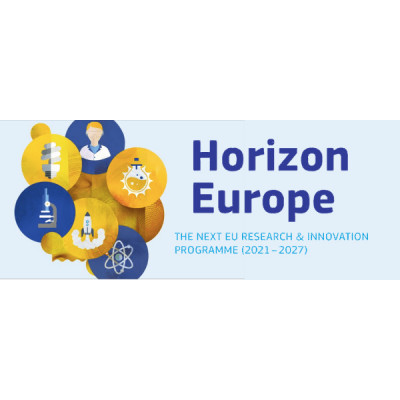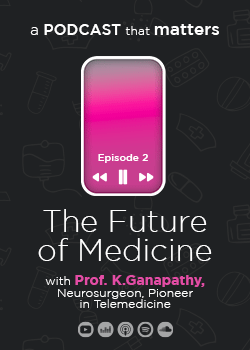
Supramolecular & Covalent Bonds for Engineering Spatiotemporal Complexity in Hydrogel Biomaterials: SupraValent
Details
Description
Programme(s): HORIZON.1.1 - European Research Council (ERC)
Topic(s): ERC-2022-COG - ERC CONSOLIDATOR GRANTS
Call for proposal: ERC-2022-COG
Funding Scheme: HORIZON-ERC - HORIZON ERC Grants
Grant agreement ID: 101088285
Objective:
Current biomaterials poorly recapitulate the tough, responsive, and spatiotemporal behavior of native extracellular matrices (ECM). This recapitulation of ECM complexity is imperative to create environments that can effectively communicate with living cells. A key missing component in synthetic ECM-mimetics is spatiotemporal control of material dynamics. Supramolecular biomaterials hold significant promise to fill this need, yet their poor mechanical properties often limit application. I hypothesize that strategic combinations of dynamic supramolecular assemblies with reversible/degradable covalent bonds can lead to tough, hierarchical, and spatiotemporally complex hydrogels. After all, nearly all hierarchical materials in nature are composed of optimized combinations of supramolecular and covalent bonds. In SupraValent, I will test my hypothesis with the design and exploration of spatiotemporal changes to hydrogel properties via covalent modification of 1D supramolecular polymers. SupraValent will first create structure/dynamics/property relationships of supramolecular assemblies between solution-phase studies and hydrogel materials. I will leverage this information to create tough supramolecular biomaterials and bioinks, which allow for the introduction of spatiotemporal gradients and cell-mediated changes (via degradation) to the material’s properties. Then, I will introduce innovative cell/material constructs where the cells create covalent bonds on the materials over the lifetime of culture. Here, genetically modified bacteria will introduce the spatiotemporal complexity into the construct, moving towards living material’s modifications. These studies will transform the way we create and control timescales in dynamic biomaterials, and open supramolecular hydrogels to new applications. Furthermore, this work will provide a much-needed breakthrough to creating life-like materials with controllable properties.
